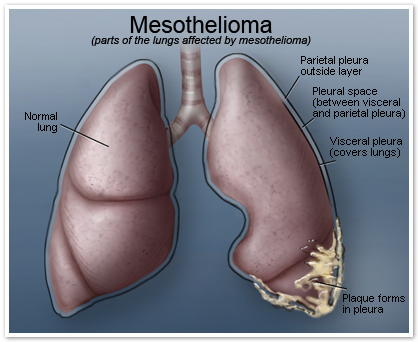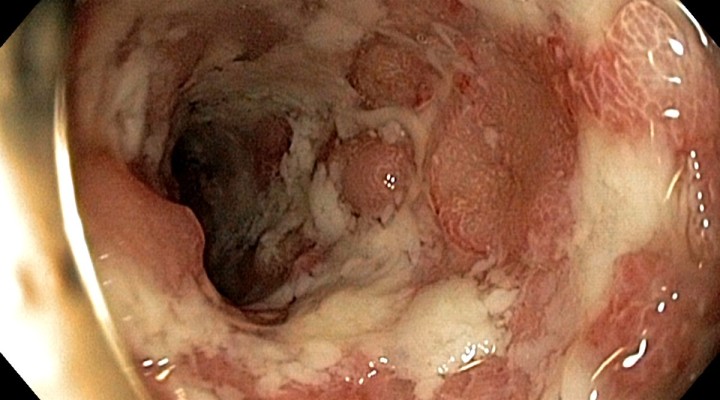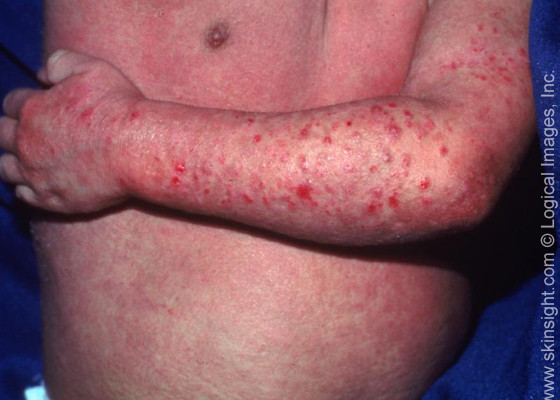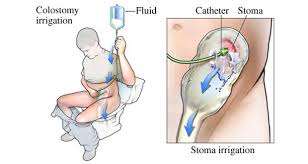
Nursing Interventions For Mesothelioma
Listen to the patient’s fears and concerns. Give clear, concise explanations of all procedures and actions, and remain with patient during periods of severe anxiety. Encourage patient to identify actions that promote comfort. Then be sure to perform them and to encourage the patient and family to help. Include the patient in decisions related […]













Recent Comments